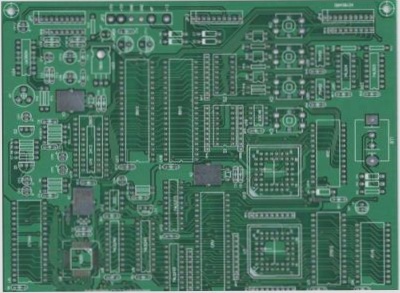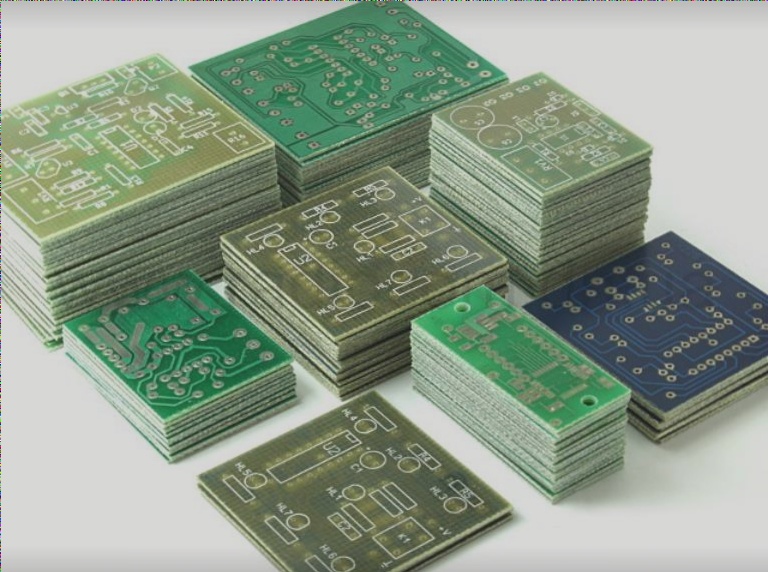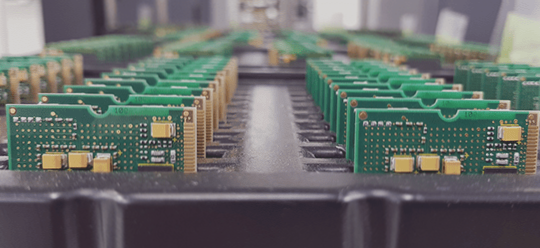The Role of Flex PCB Coverlay in PCB Fabrication
The flex PCB coverlay is a crucial component in PCB fabrication, consisting of a layer of acrylic or epoxy-based flexible adhesive and a layer of polyimide. This composite material serves to bond the polyimide to the flexible circuit, sealing and protecting the circuit board and copper foil. The coverlay, positioned on the circuit surface under specific temperature and pressure conditions, acts as a solder resist for flexible printed circuit boards.
Benefits of Flex PCB Coverlay
- Enhanced Flexibility: Unlike traditional solder masks, the flex PCB coverlay offers increased flexibility, ensuring durability and reliability in flexible printed circuits.
- Customizability: Various thicknesses of coverlay can be utilized to meet specific design requirements, providing tailored solutions for different applications.
- Protection: The coverlay safeguards the copper structure of flexible PCBs, offering high-temperature resistance suitable for a range of industrial applications.
Differences Between Flex PCB Coverlay and Solder Mask
While the flex PCB coverlay combines adhesive and Kapton (polyimide) in a solid sheet form, the solder mask is a liquid-based coating. The coverlay’s overlay dam width and mask opening markings differ from those of solder masks, ensuring proper functionality and preventing solder bridging issues.
Manufacturing Process of Flex PCB Coverlay
In the manufacturing process, the coverlay is aligned with the copper circuit layer and pressed under heat and pressure, allowing the adhesive to cure and complete the bonding process. This meticulous process ensures the coverlay’s effective protection and insulation for the outer circuit of flexible PCBs.
Conclusion
Understanding the unique characteristics and benefits of flex PCB coverlay is essential for advancing flexible PCB design and meeting the evolving demands of modern electronic applications.



